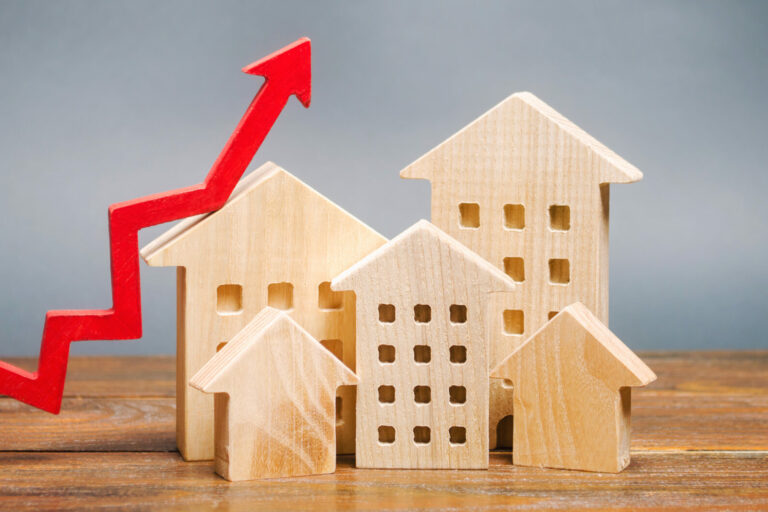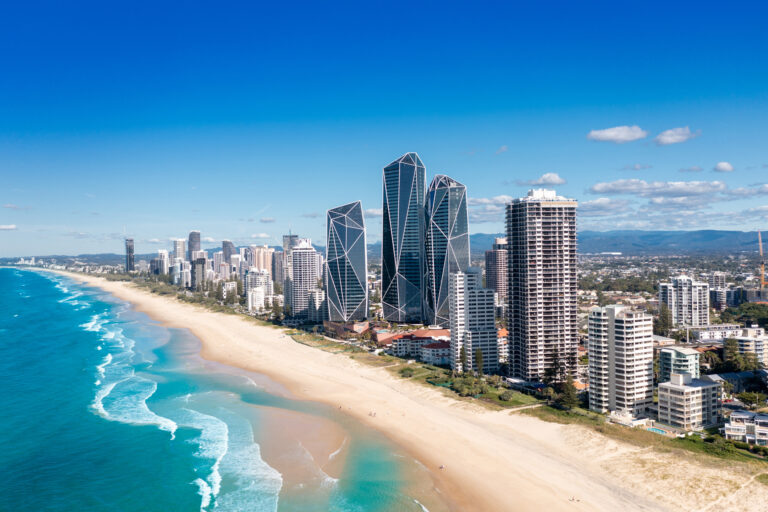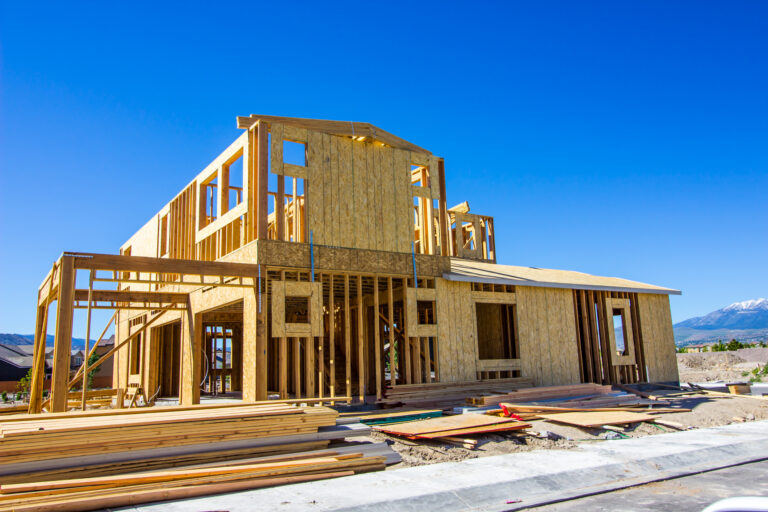Australian Property Update – June 2023

Terry’s View: It’s All About Shortage
One word explains everything happening in real estate currently: shortage.
There is a shortage of listings of properties for sale, which is pushing up prices at a time when economists told us to expect falling prices.
In the March-April-May quarter, capital city house prices rose 3%, while apartments increased 2.3%, according to CoreLogic. Every capital city and most regional markets recorded house price increases in May, while unit prices also rose in most areas.
There is a chronic shortage of homes for rent, with vacancies at historic lows, rents rising strongly and clueless politicians floundering to find solutions. And there’s a shortage of new homes under construction, because soaring construction costs are causing developers to scrap or defer projects.
All of this puts major upward pressure on sale prices and rents, with no solutions to the shortage problem in sight. State and federal politicians are unable to conceptualise solutions because they don’t understand the problem. Indeed, most government decisions make the problems worse by increasing costs on builders and discouraging property investors who provide over 90% of the homes rented in Australia.
Lenders Reduce Interest Rate Buffers
Westpac and leading non-bank lender Resimac Group are making it easier for borrowers to escape “mortgage prison” by slashing serviceability buffers.
This move has triggered a strong response from rival lenders. Mortgage brokers are claiming that buyers are leveraging competing lenders to refinance from loans that would otherwise trap them due to insufficient equity in their homes.
Resimac has reduced the servicing buffer from three percentage points to two, and Westpac is believed to have gone even lower.
According to Resimac’s CEO Scott McWilliam, this decision was based on a thorough analysis of the interest rate outlook.
He says the lender is confident that a two percentage point buffer still provides adequate headroom in case of rate rises, while also giving customers a better chance to enter the property market, refinance, or manage their commitments through debt consolidation.
The Australian Prudential Regulation Authority (APRA) requires new home loan applicants to demonstrate affordability by withstanding repayments at a rate three percentage points higher than their application or at the bank’s floor rate, whichever is higher.
Other lenders are reportedly relaxing conditions for borrowers with good repayment histories and stable incomes, albeit more discreetly on a case-by-case basis.
Most Vendors Sold For Profit In April
National data from Suburbtrends suggests that 98% of vendors in the past month made a profit, an outcome driven by low listings and increased demand.
It says one in eight properties sold for over three times the original purchase price. Around 20% of sales achieved twice the vendor’s initial investment.
Experts predict these positive outcomes could lead to an influx of vendors entering the market in the second half of the year.
In New South Wales, out of 3,746 sales analysed, 13.5% were sold for over 200% of the original purchase price. One in four homes sold for at least double the purchase price, while 52% delivered profits ranging from 10% to 99%.
In Sydney, 263 out of 2,170 sales analysed achieved over triple the original purchase price, and 506 homes were sold for twice the vendor’s investment.
Even sellers who bought and sold within the past three years generated decent profits, with 62% achieving gains of at least 10%.
The market has undergone a significant shift, with sellers now often achieving higher prices than what they paid during the Covid boom. The lack of inventory and strong buyer demand have given vendors the upper hand, resulting in properties consistently selling for more than the initial purchase price.
Homes Selling Faster As Prices Rise
New data shows that homes in Australia are selling faster than they were pre-pandemic, driven by rising property prices and resilient buyer demand.
Nationally, houses took an average of 44 days to sell over the 12 months leading up to April, down from 64 days in 2019.
Despite an increase in interest rates, houses and units in Adelaide and Perth are selling faster than a year ago, while units in Brisbane are also being snapped up quickly.
According to PropTrack economist Angus Moore, Hobart currently has the fastest-selling properties among the capital cities, with houses taking a median of 29 days to sell and units taking 31 days.
Melbourne follows with houses selling in 36 days, while Brisbane houses took 39 days. Sydney houses took 42 days to sell, Adelaide houses found buyers in 43 days, and Perth houses took 45 days. Units in Brisbane sold in a median of 37 days.
The faster pace of sales is a reflection of the strong selling conditions experienced in spring 2021 to autumn 2022. While the current market may not maintain the same pace, it is still significantly faster than the pre-pandemic period in 2019, according to PropTrack.
New Homes Shortage Pushes Prices, Rents
Former RBA economist Tony Richards says Australia could have built an additional 1.3 million homes in the past 20 years if it weren’t for costly zoning, planning, and building regulations imposed by local councils.
Richards argues that local councils often succumb to NIMBY opposition, hindering the construction of medium-density housing. He suggests that granting more decision-making powers to authorities outside of local councils may be necessary to address this issue.
Richards believes that the federal government’s target of one million new homes over five years is not ambitious enough, as a much larger expansion is required to address past housing undersupply and accommodate future population growth.
Meanwhile, rising construction costs (up 30% in the past two years) have led to developers shelving projects. According to KPMG, Victoria and NSW have seen a surge in demand for new dwelling approvals, but higher input costs and potentially lower returns on investment have hindered actual construction.




